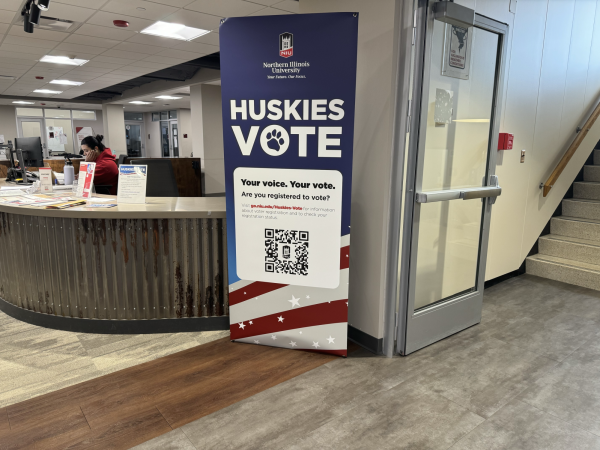Loan defaults cost public
August 30, 1990
While NIU students default on their guaranteed loans far less often than the national average, defaults nationwide still cost taxpayers $2 billion each year, according to a National Education Associaton report.
NIU student loan defaults run between three and four percent, while students attending trade school with loans default at a rate between 60 and 70 percent, Jerry Augsburger NIU Student Financial Aid Director said.
Student loan defaulters are blaming their debts on low-paying jobs or unemployment after graduation as well as receiving unsatisfactory levels of education.
When someone defaults on their loan, everybody loses, said Ronald Elliott, NIU supervisor of loans receivable. Elliot has worked in credit collections for 25 years.
Loan terms allow students a six-month grace period after finishing their studies before payments are expected.
After a short period of time, the bank holding a delinquent loan turns it over to a private guarantee organization such as the Higher Education Assistance Fund.
If the person cannot be found after 10 years or has no taxable assets, the debt is given to the federal goverment, which tracks them through the Internal Revenue Service, Elliott said.
After revisions in the Higher Education Act in 1987, all collection costs are paid by the defaulter. Before that, the costs of chasing bad loans fell to taxpayers.
If NIU catches the defaulter, the fee stays at NIU. If the government catches them, they get it. If the loan is never repaid, other students suffer because the amount is subtracted from the entire fund.
“It’s the person standing in the financial aid line who loses. That’s who I work for,” Elliott said.













